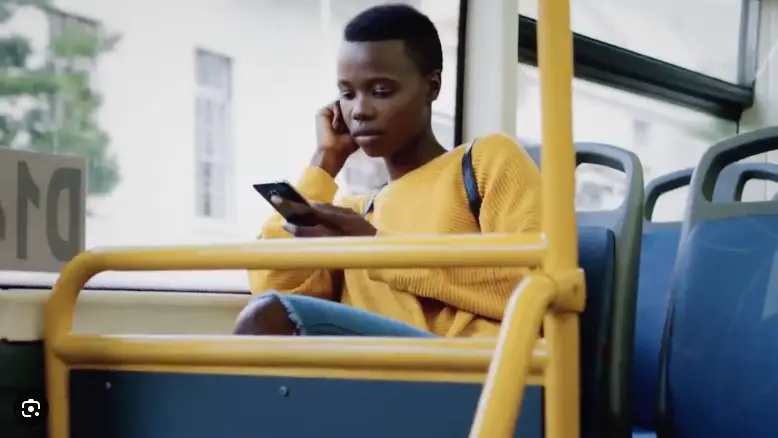Coauthors Bruno Ferreira and Ester Athanásio
A recent survey by SaferNet (2023) indicates that hate speech spread on the Internet has increased recently in Brazil, with a special focus on discrimination of religious intolerance, xenophobia, and neo-Nazism. Such crimes with a record increase in the first half of 2022 compared to the same period in 2021. The research, which began in 2017, also noted that hate speech proliferates even more in election years.
Although the studies are still preliminary, it is believed that the narrative of violent extremism combined with digital supply is an important component in the motivation of armed attacks recorded in Brazilian schools recently. Digital tools and content cannot be seen simply as an enemy to be eliminated in favor of security and peace in schools.
The technologies and communicative phenomena that govern all these issues are increasingly invisible to the average user, making it even more difficult to understand this scenario. Algorithms, subject to logic and business interests, personalize what we see to the point of exposing us to selective fragments of reality, directing behaviors, and shaping our opinions in often detrimental ways.
These mechanics end up prioritizing and reinforcing participation in biased, offensive, or violent content, and can even push certain people more susceptible to environments — and actions — that diffuse violent extremism. This is why the debate on regulating social networks and holding large technology companies accountable plays an important role and should be intensified.
The role of media education
We therefore need a critical, mature, and preventive approach to the digital environment, something that media education offers us. Media education is a sustainable, long-term way of trying to reverse some of these phenomena and harness the enormous potential of technology to bring groups and communities closer together and collaborate.
Media education plays an essential role in building a healthy society. It is a commitment to the development of critical media and information literacy skills, in the sense of preparing people to access, analyze, produce, and disseminate media messages critically, which helps them to base their decisions more confidently and to participate constructively in political debate.
Media-literate people are better able to perceive rights violations such as racism, hate speech, and silencing, and to make ethical use of the media to improve society and exercise their citizenship. This approach is also fundamental in addressing the various expressions of violence in society and, more specifically, new forms of violence against schools.
In this manner, it is urgent to train teachers in all areas (from the undergraduate level) to integrate media education strategies into their daily teaching practices permanently, providing a more critical understanding of the media’s role in our society and our responsibilities in this environment.
Recognizing media education
By recognizing the role and place of media education in the curricula, situating it as a right of students and a basic condition for learning and living peacefully in society, we can see its various fronts of action.
The first of these is the development of skills to consume information in a qualified and responsible way. This implies checking the veracity of messages and the reliability of sources, building a more judicious understanding of complex situations, balancing quantity and quality of information, and avoiding the cycle of anxiety generated by excessive and thoughtless consumption of information. This is essential to deal with the waves of fake news and rumors that are a form of violence.
The second is to understand that the circulation of disinformation violates human rights. In addition, we are all responsible in this environment: as critical readers who identify disinformation and act to stop it, and as conscious producers who express themselves through reliable, ethical, and respectful content. Media education is, therefore, essential to involve students and families in the task of breaking the chain of panic and disinformation in the context of violent situations.
Another front of action is to denaturalize the violent and discriminatory rhetoric of disrespectful posts, jokes, and memes that perpetuate prejudices or reinforce inequalities — and thus desensitize people to social problems and may even violate rights. Understanding the scope and consequences of the messages we produce and share is essential to building a culture that values, not just accepts, differences. This is an essential approach to redefine networks as a space for connection and participation, instead of isolation.
Communication pedagogy for peaceful coexistence
By adopting a collaborative and participatory approach, education-communication and popular communication projects can contribute to creating a more peaceful and just school environment, essential to sustainably and durably address the chronic challenges of school violence. In this way, school communication goes beyond disciplinary knowledge, becoming a necessary pedagogy for building bonds, valuing diversity, and welcoming differences.
In this matter, pedagogical practices should, in a transversal way, allow students to express and reflect on their media habits, not only to make learning more meaningful but also to understand school as a space for the development of their own identity. Furthermore, media education can serve as a nexus between other fundamental approaches that include topics such as democracy, human rights, citizenship, and its various impacts on online and physical environments.
These school-age reflections are also powerful in provoking discussion among students and those around them who are lagging in digital education. Media literacy can be an interesting pretext to educate, for citizenship and peace, promoting conversations between people with different roles in the school community, but who share common concerns and responsibilities.
It is essential to reflect on how to extend the spaces for school participation to everyday life in the classroom, not restricting this democratic experience to small groups of students participating in the student council or the school newspaper. These spaces should inspire the opening of countless others that guarantee all students the right to belong and express themselves in this place.
*This text is part of the project (Re)connecting: bringing people together to overcome violence in schools, carried out by the Aurora Institute, with the institutional support of L21. To support the initiative, visit: https://bit.ly/projeto-reconectar
Bruno Ferreira. Pedagogical advisor of EducaMídia, the media education program of Instituto Palavra Aberta. Journalist and teacher. He holds a master’s degree in Communication Sciences. Specialized in Educommunication by ECA/USP.
Ester Athanásio is a Consultant at the Aurora Institute and a journalist. She holds a master’s degree in Communication. Ph.D. candidate in Public Policy at UFPR.
**Translated by Janaína Ruviaro da Silva from the original in Portuguese.














